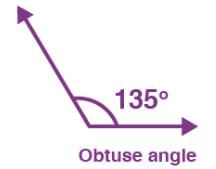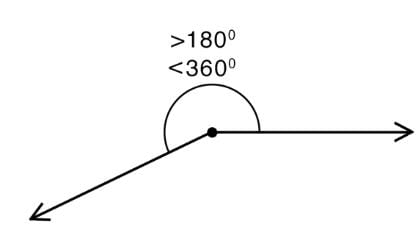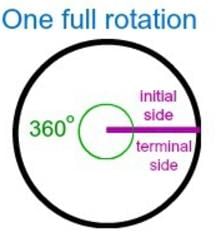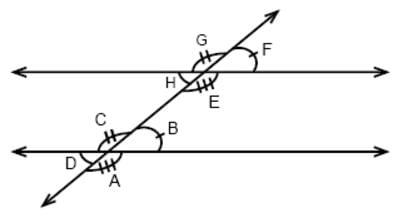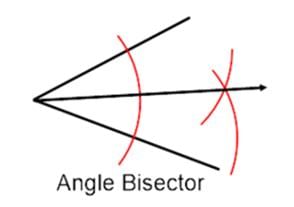Class 6 Exam > Class 6 Tests > Test: Lines and Angles - 2 - Class 6 MCQ
Test: Lines and Angles - 2 - Class 6 MCQ
Test Description
10 Questions MCQ Test - Test: Lines and Angles - 2
Test: Lines and Angles - 2 for Class 6 2025 is part of Class 6 preparation. The Test: Lines and Angles - 2 questions and answers have been prepared
according to the Class 6 exam syllabus.The Test: Lines and Angles - 2 MCQs are made for Class 6 2025 Exam.
Find important definitions, questions, notes, meanings, examples, exercises, MCQs and online tests for Test: Lines and Angles - 2 below.
Solutions of Test: Lines and Angles - 2 questions in English are available as part of our course for Class 6 & Test: Lines and Angles - 2 solutions in
Hindi for Class 6 course.
Download more important topics, notes, lectures and mock test series for Class 6 Exam by signing up for free. Attempt Test: Lines and Angles - 2 | 10 questions in 15 minutes | Mock test for Class 6 preparation | Free important questions MCQ to study for Class 6 Exam | Download free PDF with solutions
Detailed Solution for Test: Lines and Angles - 2 - Question 1
Detailed Solution for Test: Lines and Angles - 2 - Question 2
Detailed Solution for Test: Lines and Angles - 2 - Question 3
Test: Lines and Angles - 2 - Question 4
What happens to the angle size if you open a book wider?
Detailed Solution for Test: Lines and Angles - 2 - Question 4
Test: Lines and Angles - 2 - Question 5
Which of the following is not a type of angle based on its measure?
Detailed Solution for Test: Lines and Angles - 2 - Question 5
Test: Lines and Angles - 2 - Question 6
What is the name of the line that divides an angle into two equal parts?
Detailed Solution for Test: Lines and Angles - 2 - Question 6
Detailed Solution for Test: Lines and Angles - 2 - Question 7
Detailed Solution for Test: Lines and Angles - 2 - Question 8
Test: Lines and Angles - 2 - Question 9
Number of lines which can be drawn passing through two given points
Detailed Solution for Test: Lines and Angles - 2 - Question 9
Test: Lines and Angles - 2 - Question 10
Measures of the shorter angle between hour and minute hands of a clock at 9 0 ’clock is
Detailed Solution for Test: Lines and Angles - 2 - Question 10
Information about Test: Lines and Angles - 2 Page
In this test you can find the Exam questions for Test: Lines and Angles - 2 solved & explained in the simplest way possible.
Besides giving Questions and answers for Test: Lines and Angles - 2, EduRev gives you an ample number of Online tests for practice
Download as PDF


